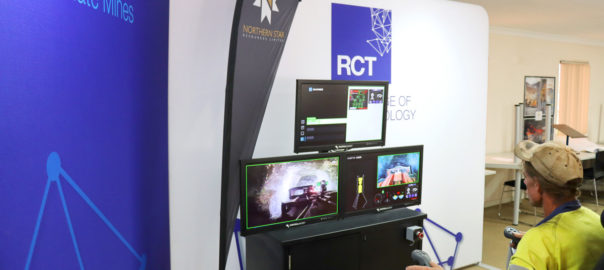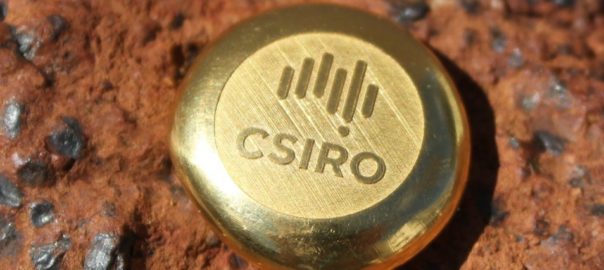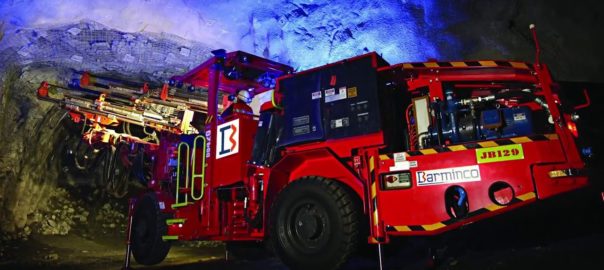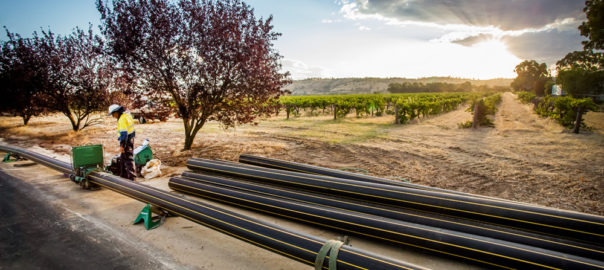Mine Tech says it has completed a successful installation of its DSPA Standalone Fire Protection Aerosol system at one of its client’s sites in the Goldfields of Western Australia.
The DSPA aerosol generators 11-1, 11-2 and 11-3 can be used as a part of a highly effective fire extinguishing system, according to Mine Tech.
The generators are non-pressurised and installed inside a room or compartment that requires protection. After activation, an aerosol cloud is generated, which expands volumetrically, flooding the space and extinguishing the fire, according to the company. The DSPA generators, which offer a 15-year service life, are mainly designed for use in unoccupied and unoccupied areas and are effective on class A, B, C fires, Mine Tech says.
“The DSPA generators 11-1, 11-2, and 11-3 are recommended for the protection of narrow compartments or objects, such as suspended ceilings, raised floors, cable ducts, transport vehicles, switchgears, etc,” Mine Tech added.













